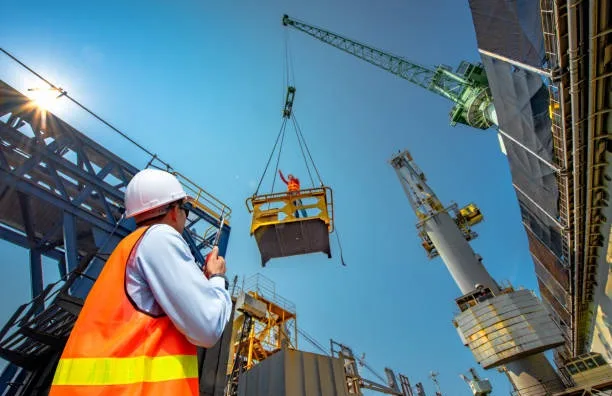Material lift systems (MLS) are integral to modern construction projects, enabling workers to transport heavy materials safely and efficiently. However, the use of these systems comes with significant legal and safety obligations. Understanding and adhering to these regulations is not just about legal compliance but also about ensuring the safety and productivity of workers. This article will outline the key legal and safety requirements associated with MLS and how the right system can streamline operations while meeting necessary standards.
Understanding Legal Requirements for Material Lift Systems
Compliance with legal standards is essential for any construction company using material lift systems. Regulations often vary by region and type of construction project, but several key requirements are universal.
OSHA guidelines establish clear standards for the use of lifting equipment on construction sites, including requirements for the proper maintenance of MLS, operator training, and regular inspections. The American National Standards Institute (ANSI) and the American Society of Mechanical Engineers (ASME) provide additional guidelines that pertain to the design, construction, and safe operation of material lifts. Adhering to these standards helps minimize the risk of an MLS lawsuit arising from negligence or non-compliance. Contractors must also comply with local building codes that may impose additional requirements for the use of lifting equipment.
Safety Measures and Best Practices for Using Material Lift Systems
Ensuring worker safety when using material lift systems involves a combination of equipment checks, training, and adherence to best practices. Material lift systems should undergo regular inspections to identify and address any mechanical issues, which helps prevent accidents that could lead to serious injury or legal disputes. Only trained personnel should operate material lift systems, with training programs covering equipment handling, emergency procedures, and safe operation techniques.
Maintaining proper load limits and stability is critical. Exceeding load limits can result in tipping, malfunction, or structural failure, leading to accidents and potential litigation. Proper signage and warnings around the operation area are also essential for warning workers and site visitors, which reduces the likelihood of accidental injuries.
Consequences of Non-Compliance: Avoiding an MLS Lawsuit
Failing to meet the legal and safety requirements for using material lift systems can have severe repercussions for construction companies. Non-compliance can lead to workplace accidents, resulting in injury or fatalities and exposing companies to significant legal risks, including lawsuits from injured workers or their families. Regulatory violations can result in fines and project delays, affecting profitability and timelines. An MLS lawsuit following an accident due to negligence or equipment failure can damage a company’s reputation and lead to financial losses. Ensuring equipment meets safety standards and operators are well-trained can help mitigate these risks.
Choosing the Right Material Lift System for Compliance and Efficiency
Selecting the right MLS is crucial for maintaining compliance and enhancing job site productivity. Companies should prioritize certification and compliance features, ensuring the system meets or exceeds safety and industry standards. Verified certifications provide peace of mind and act as a safeguard against regulatory breaches. Systems equipped with advanced safety features, such as emergency stop buttons, automatic brakes, and overload sensors, can demonstrate a proactive approach to meeting legal obligations and enhance safety. Choosing systems that are easy to operate and come with comprehensive training resources shortens the learning curve for new operators and reduces misuse risk.
Conclusion
In the fast-paced world of construction, the importance of legal compliance and safety cannot be overstated when using material lift systems. Adhering to OSHA, ANSI, and local regulations ensures not only the safety of workers but also protects companies from costly penalties and potential MLS lawsuits. By choosing the right material lift system and implementing proper training and safety protocols, construction businesses can enhance both their operational efficiency and compliance record. Prioritizing these factors supports legal adherence and fosters a safer, more productive work environment for all.



